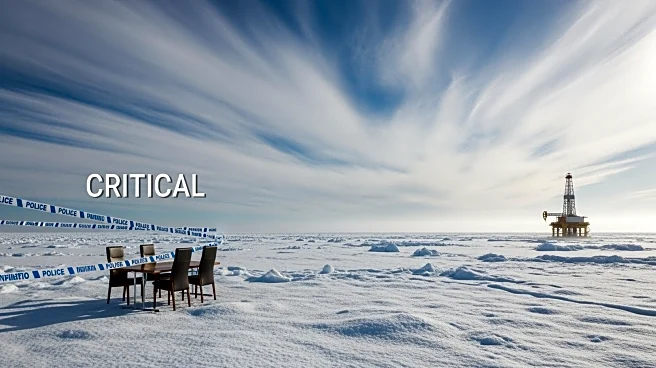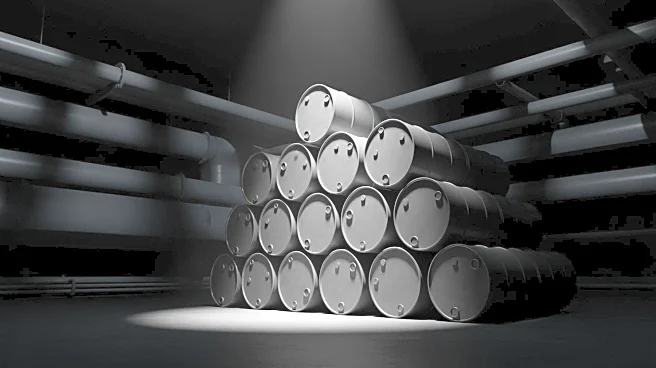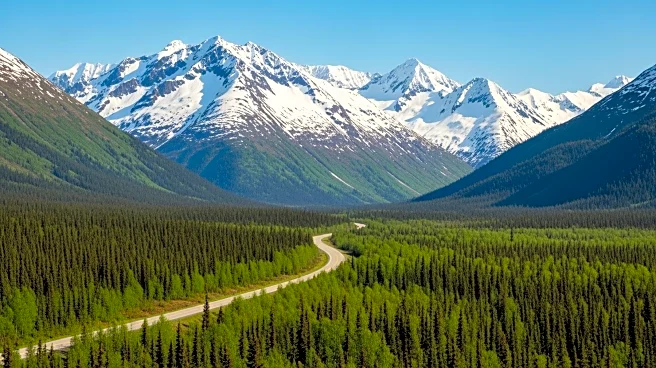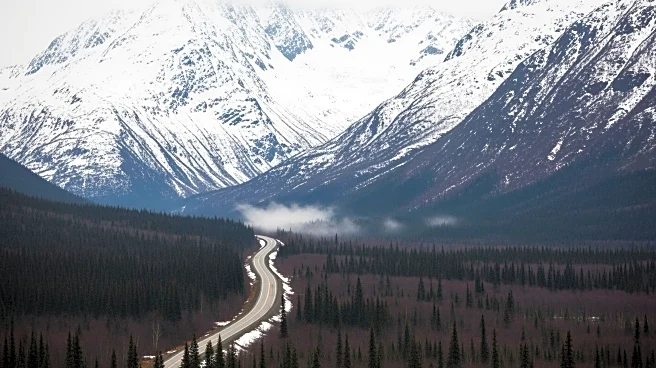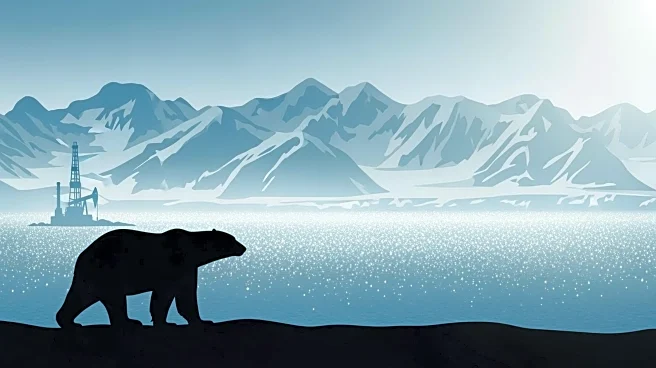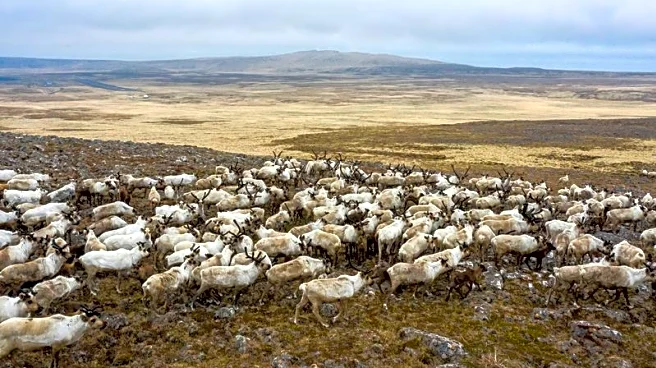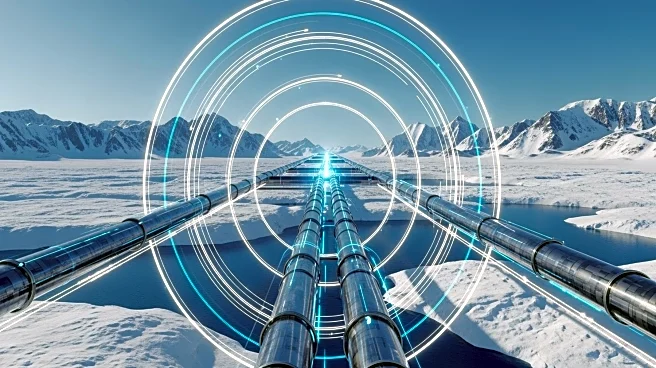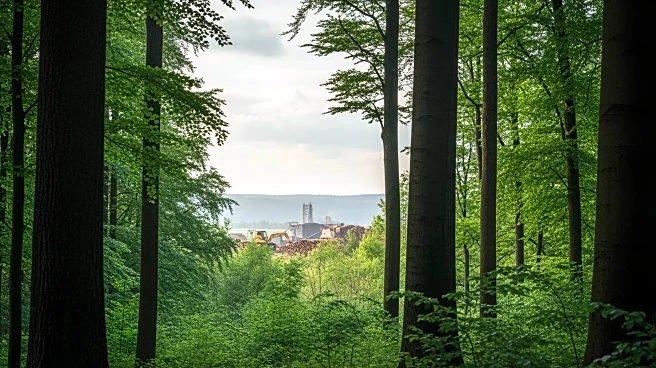What's Happening?
The Trump administration has finalized plans to open the coastal plain of Alaska's Arctic National Wildlife Refuge to potential oil and gas drilling. This decision, announced by U.S. Interior Secretary Doug Burgum, fulfills a pledge made by President
Trump and congressional Republicans to allow development in this environmentally sensitive area. The plan includes at least four lease sales over a decade, with the first sale having already occurred at the end of Trump's first term. The decision has sparked controversy, with Indigenous Gwich'in communities opposing the drilling due to the area's sacred significance and its importance to the Porcupine caribou herd. Conversely, the Iñupiaq community of Kaktovik supports the drilling, citing economic benefits.
Why It's Important?
The decision to open the Arctic National Wildlife Refuge to drilling has significant implications for environmental policy and Indigenous rights. It highlights the ongoing tension between economic development and environmental conservation. The drilling could potentially bring economic benefits to local communities and the state of Alaska, but it also poses risks to the region's delicate ecosystem and the cultural heritage of Indigenous peoples. The move is likely to face legal challenges from environmental groups and could influence future U.S. energy policies and conservation efforts.
What's Next?
The finalized plan sets the stage for future lease sales and potential legal battles. Environmental groups and some Indigenous leaders have vowed to challenge the decision in court, arguing that it prioritizes corporate interests over environmental and cultural preservation. The outcome of these legal challenges could impact the implementation of the drilling plan and set precedents for future resource development in protected areas. Additionally, the decision may influence political debates on energy policy and environmental protection in the U.S.
Beyond the Headlines
The decision to open the refuge to drilling raises broader questions about the balance between economic development and environmental stewardship. It also underscores the complex relationship between federal policies and Indigenous rights, as different Indigenous communities have varying perspectives on the issue. The long-term environmental impact of drilling in such a sensitive area could have lasting effects on biodiversity and climate change efforts.
